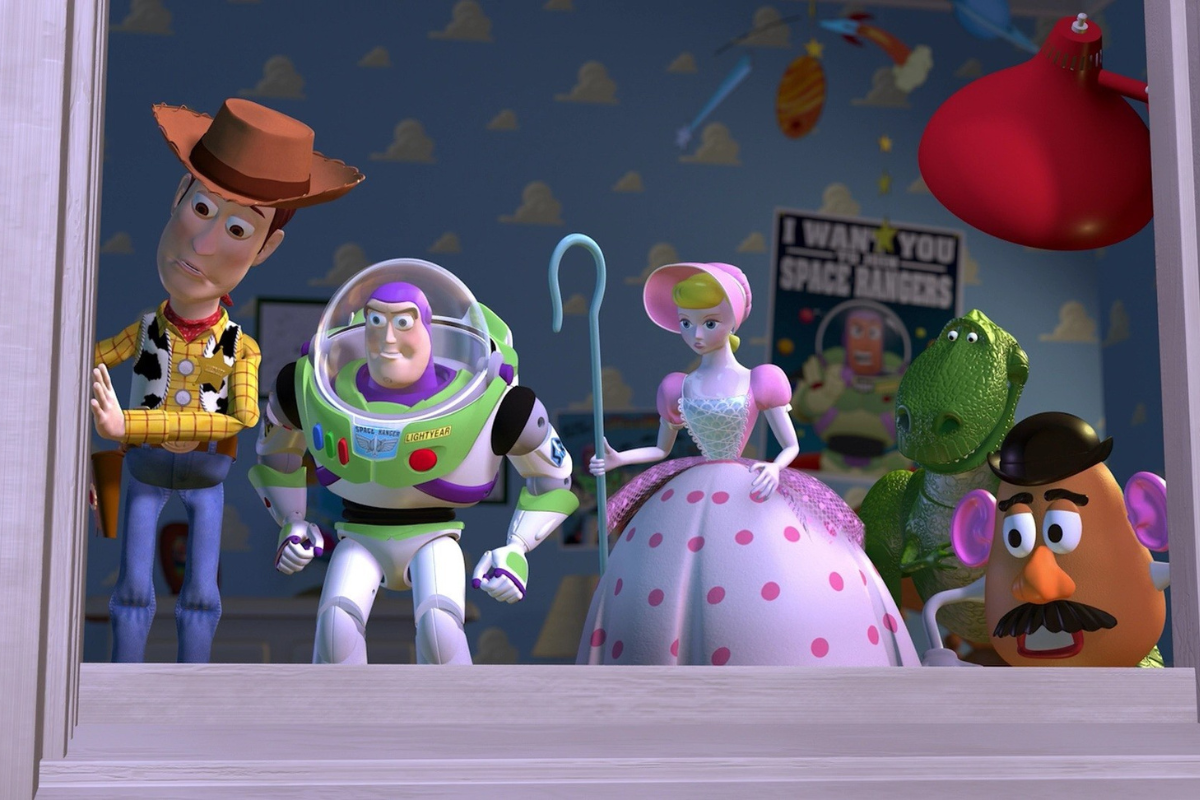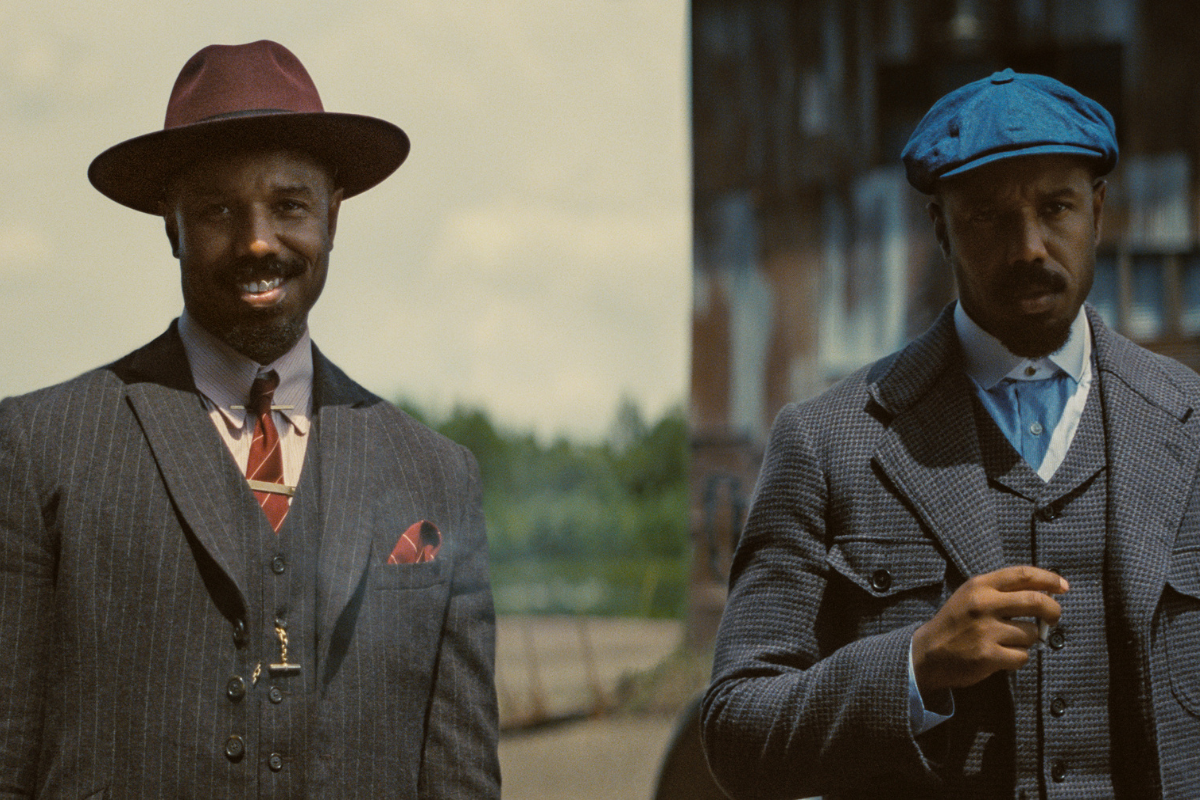Your TV Guide to Setting Up a Successful Outline
Script Anatomy founder Tawnya Bhattacharya discusses tricks working writers use to set themselves up for successful outline writing.
Script Anatomy founder Tawnya Bhattacharya discusses tricks working writers use to set themselves up for successful outline writing.
If there’s one common refrain we hear in both our Script Anatomy classrooms and writers rooms all over town, it’s that nobody likes to write an outline. Everyone likes handing in a finished, polished, professional outline, sure! But getting that outline is usually a writer’s least favorite part of writing a script.
Anyone can understand why. The outline is the structure of your script. Setting that up correctly is a painstaking and time-consuming process that requires a lot of time, energy, and room for error. For writers who are perfectionists and like to nail things on the first try (we’re guessing that’s a fair share of you), this might feel like a lot to ask. But outlines are as important as they are boring: they’re the scales a pianist does to warm their hands up before playing a 12-page Sonata. They’re the compulsory program that figure skaters do the night before their free skate that’s so boring sometimes it’s not even televised. They’re the box jumps a football player does in order to be able to spring up from the ground quickly in a big game. You get the idea. It is the part of your process where you can’t use creativity to cushion structural problems. So no wonder nobody likes it.
At Script Anatomy, we believe setting up the correct structure starts long before the outline, which is why we have an extensive set of development tools we teach in every single Televisionary Writers Workshop that lead up to writing your outline. But, because the faculty and staff at Script Anatomy are all working writers ourselves, we also know that the jump from beat sheet to outline is a REALLY big jump. So we all have our own ways of helping our creative brains bridge that gap.
BEDAZZLE YOUR BEAT SHEET
First, don’t be afraid to make a longer beat sheet if that works for you. Some writers need to put thoughts on paper or work them out aloud to really figure out what they need and what they can cut. Beat sheets aren’t meant to be as involved as an outline; they’re supposed to clearly show the arc of each storyline and give a good tonal and structural impression of your script, but they’re not meant to hold as much detail as an outline does. Jumping straight from one to the other is a significant leap.
Another thing some of our faculty and staff love doing is color-coding a beat sheet. That way it's easier to keep track of what storylines have lots of beats to work with and where to drop main structural tentpoles for each one. This is also why a lot of writers love using a white board or cork board and “hanging” their beats on different colored index cards. Sticking structural beats in the right places also helps you see which parts of your storyline might be a little thin or a little heavy, giving you an opportunity to play around with ways to round those out before going into an outline.
SEPARATE TRACKS
One thing we love recommending is writing out separate tracks. In this exercise, you’ll write all of the beats of each storyline out completely, in as much detail as you’d like. Include small scenes and transitions if you know them. This is a great exercise because it prevents that awful act five brain fart — when you get to the final act of your script and realize you only know the two or three story beats that resolve the pilot and set up future episodes — and those few beats definitely don't take up enough real estate. It also prevents you from getting halfway into Act 2 and realizing you maaaaaybe underestimated how much context the relationship you’re writing needed, now you’re running long, and maybe you should have re-broken this whole storyline weeks ago but now it feels too late. Separate tracks are a straightforward way to make sure your storylines are balanced before you start weaving scenes together into an outline.
Depending on what kind of show you’re writing, you can also do character tracks. Some shows, like many of the Marvel Netflix shows, and character-driven shows like This is Us, break their episodes by character, not by storyline. If this sounds like the script you’re writing, one thing you can do is take yourself through each character’s storyline and make sure it’s complete. Do they have a complete arc? Is the arc too complete? Remember, this is TV rather than features or theatre, so sometimes it’s best to hold the resolution to give us something to tune into next week.
Some of our staff and alumni also love a droutline. A droutline is exactly what it sounds like, a draft/outline hybrid. These are especially helpful for writers who tend to think of dialogue really easily (dialogue is not usually welcome in outlines, we advise writes to try and stay away from it as much as possible), or for writers who are writing comedy scripts and want to try out jokes. Droutlines aren’t really meant for “public” consumption — definitely don’t give your agent one — but if you have a writers group you trust, this is a great way to try out jokes and dialogue and also get pitches on the parts of the script you’re still having trouble filling in.
GET INTO CHARACTER
Something else that's helpful, and former actors or actor/writers might already have a head starts on, is pinpointing character objectives. Allyssa Lee is an alumni of the CAPE New Voices Fellowship, CBS Writers Mentoring Program, and NBC Writers on the Verge who's now staffed on the upcoming Charmed reboot -- so it's safe to say, between specs and pilots, that she's written and read her fair share of outlines. She shared some advice that she still keeps in mind when she's outlining, which is to "think of the intention of each scene — where do I want each character to start and end emotionally, and how can I use the plot to move the characters forward? How do I want the character to enter the scene: What kind of mood is she in? What does she want in this moment? How does that relate to the plot? And where should she be in order to set up her next scene?"
REWRITE
Finally, and perhaps most important, let go of the idea that you will write one outline and then get the green light to move on to draft. I’m not saying that never happens, but it’s extremely rare. Mastering an outline is its own skill, and it will take time and practice to develop dexterity. If you’re working on a sample to get you representation, you should be sending that outline to your classmates or writers group and, if possible, a consultant, for feedback. The chances that you’ll get no constructive criticism from all of those people are slim to none. Which is good, because once you get representation, you’ll be sending that outline to your manager, and they will give you feedback. They may ask to look at it again after you’ve input the changes before giving you the green light to go to draft. Depending on how creatively involved your agents like to be (each one is different), your agents may want to give you notes too.
When you’re in development, you’ll submit an outline to 3 different sets of executives for 3 different notes: the production company, the studio, and the network. Sometimes you might get lucky and those notes will all come in at the same time and not contradict each other. Sometimes. When you are on a show, your outline goes to the studio, network, and production company executives that cover the show, PLUS your showrunner. You will get sets of notes from all of those people.
See where we’re going here? The expectation that you’ll write a perfect outline the first time and get a green light to write your script is not only unrealistic, it’s not a helpful goal to aim for in the long run. If your goal is to be a professional screenwriter, the part of the job that feels most like work (besides writing an outline in the first place) is all the hours you spend inputting people’s notes. So when you get feedback on your outline from your writers group, consultant, or manager, consider it a blessing, not a curse. It’s an opportunity to prepare for a career in the future when, if you're lucky enough to get on a writing staff, you will spend a lot of time writing outlines.
Learn more about the craft and business of screenwriting and television writing from our Script University courses!
Tawnya Bhattacharya is currently a Supervising Producer on ABC's A Million Little Things, and formerly wrote on Freeform's Famous in Love, NBC's The Night Shift, TNT’s Perception, The Client List at Lifetime and on USA’s Fairly Legal, with her writing partner, Ali Laventhol. Repped by UTA and Heroes and Villains Entertainment, the duo are former NBC Writers on the Verge fellows. Bhattacharya was also a FOX Writer’s Intensive fellow. A writing instructor for 10 years, Bhattacharya launched Script Anatomy in 2010, a unique TV writing curriculum designed to give emerging professionals practical development, writing and rewriting tools to help advance their craft. Script Anatomy clients have been staffed, sold shows, and won numerous awards and TV writing fellowships.







